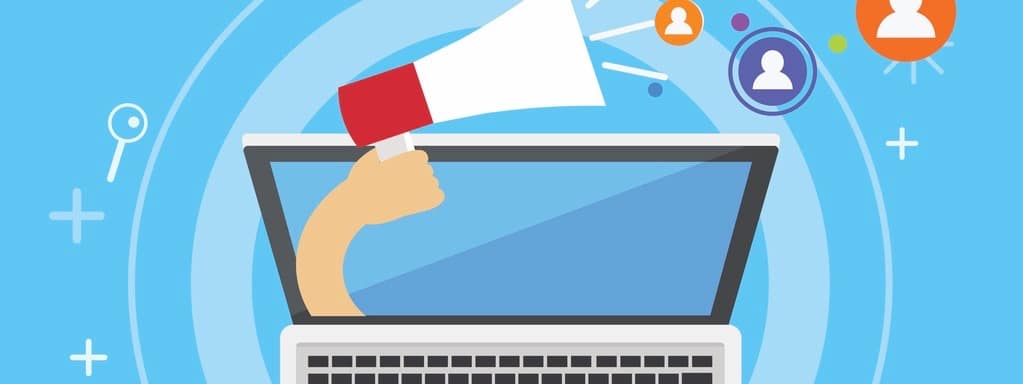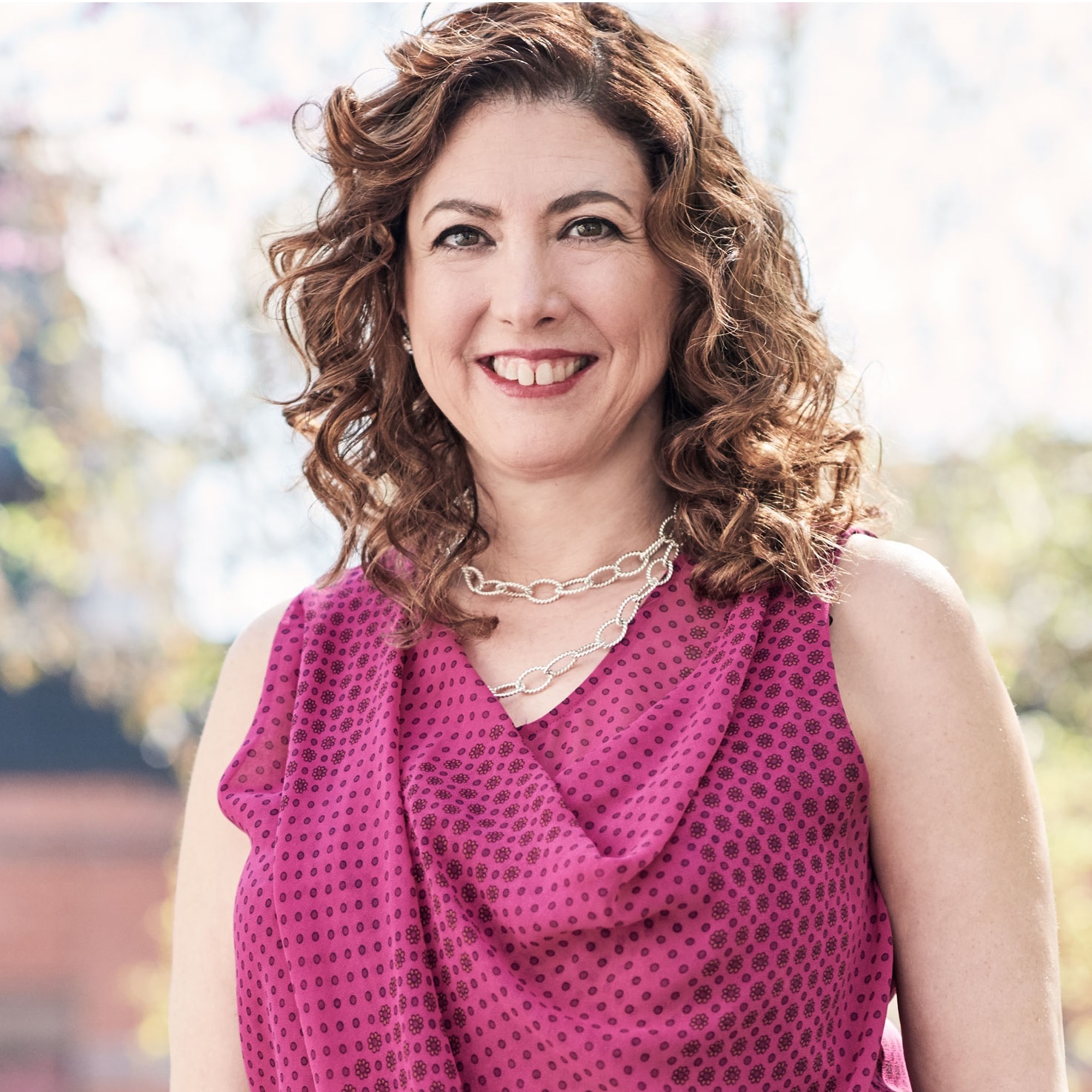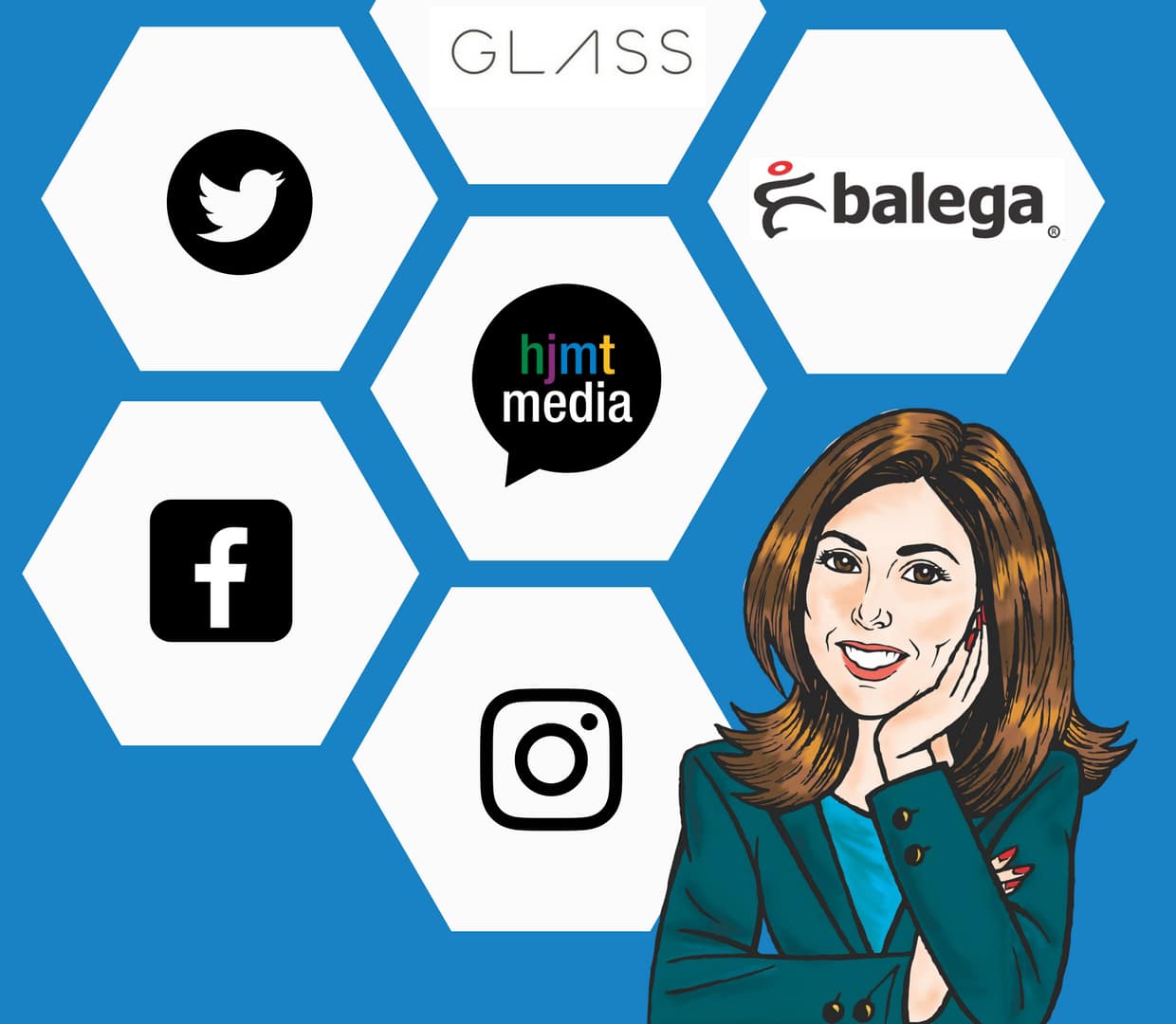As consumers continue to use social media as a popular source of information, they look to their favorite influencers for advice, recommendations, and entertainment. As a result, influencer-marketing campaigns have been implemented in more and more marketers’ plans, particularly over the past year. Imagine a person in the rare position of being a PR pro who successfully pitches influencers as well as a popular influencer in her own right. Oh, the insights she could share…
Hilary JM Topper is just such a person. In addition to being President and CEO of HJMT Public Relations, she has been a blogger and influencer for years. As the author of two blogs, radio podcast host, and leader of a social community that reaches more than 1 million people, brands have been targeting Hilary from the beginning. And with her experience as both a CEO of a PR firm for 25 years and an influencer of numerous brands, she is knowledgeable on both sides—pitching influencers for clients and being pitched as an influencer herself.
Topper has worked with Coke, Balega International, Base Performance, TriSports, Instavit, Pacific Health Labs, Salming North America, Zealios and many others on influencer campaigns—on both sides of the influence fence. In the following Q&A, she provides us with some great insights she’s picked up along the way, and some influencer-marketing case studies with excellent PR takeaways.
What are some of the unique advantages of being both a prominent agency owner who pitches influencers, as well as a sought-after influencer?
Topper: The advantage is that I know what works and what doesn’t work. I know that these influencers are just like reporters; in many ways, they are the reporters in this new world of communication. Their opinion matters. Their followers trust their recommendations when they like or dislike a product or service. So we need to be responsive to their needs and ensure they have the right information to form opinions.
If, for example, I get recruited to join an ambassador program, I expect prompt follow-ups and engagement with the brand. I have been in many situations where the brand was non-responsive and that didn’t motivate me to fulfill or go beyond my obligations. That is why I am cognizant when we recruit influencers for the brands we represent to make sure they feel welcome and part of the community.
We provide them with product to test out in advance, along with comprehensive briefs to give them an understanding of the brand and key messaging. And, we always follow up with them along the entire process.
What are some of the most unique and compelling ways that PR and marketers pitch you as an influencer?
Topper: It’s not so much about being unique or compelling, it is more about getting “back to the basics.” It is important for brands to do their due diligence before pitching any influencer to make sure it’s the right fit. They should read their blog, look at their social channels, understand the types of content they’re posting and know who their followers are. That way, when a brand reaches out to me, it should feel like a natural fit already.
At what point in your career did you realize you had marketable influence, and how did this inform your approach to pitching influencers?
Topper: In 2006, I was one of the first public relations practitioners to embrace social media. In 2009, I wrote one of the earliest books on the subject, and at that point, I started to see a build-up of my community on Twitter. After that, I was an original Google Glass Explorer. That’s when I started to see my profile expand on the Internet. We then created the first Google Glass Reality Show on YouTube called, Glasslandia, which received more than 40,000 likes and shares on the first episode.
At that point, my blogs starting getting huge hits (Hilary’s New York Lifestyle Blog – 88,000 unique monthly visitors; A Triathlete’s Diary – 50,000 unique monthly visitors) and Hilary Topper on Air, my weekly podcast, racked up more than 250,000 listeners, so I knew the time was right to position myself as a health and fitness blogger and have since been recruited by multiple companies.
How has influencer marketing repositioned PR’s outreach approach?
Topper: Influencer marketing is a game changer. We used to only target traditional media to get the word out about our clients. Then, after social media became prevalent, we saw a shift in getting the word out directly to the consumer through influencers. Consumers began relying more on the recommendation of “everyday people” they trust online than traditional media outlets.
Now, we not only pitch traditional media, but we also recruit people with large communities, especially on Instagram, to spread the word about our clients to their targeted communities.
Can you share some of your most successful influencer campaigns—from both an influencer’s and PR pro’s point of view?
Topper: There are so many amazing influencer campaigns. But the first one that I need to mention is probably one of the earliest, Google Glass.
Google Glass was one of the first companies in 2011 to establish an effective “ambassador program,” using influencers. To do this, they held a contest on Twitter asking influencers to tweet out why they wanted a pair of Google Glass using the hashtag #IfIHadGlass. Once the influencer was selected, they had the opportunity to buy Glass for $1,500. Nearly 8,000 people were selected and I was one of them.
Those 8,000 people took Glass and showed the world what they could do with it by taking photos and videos, talking with friends on Google Hangouts and surfing the internet using voice commands. They shared this with their communities and Google spent little money on advertising, PR and social media because they had 8,000 Google Glass Explorers doing that for them for free.
I created “Glasslandia,” the first reality show on YouTube. We shot, edited and produced six episodes in the series and posted on YouTube. Episode 1, released in October 2013, has nearly 40,000 views. Interestingly, when Google saw the series, they loved it. When it was over, they asked when season 2 was coming out. That’s when I told them, “When you pay for it, we will produce another series!”
I was also part of a “Google Glass expedition” to Ft Myers/Sanibel. There were five “Google Glass Explorers.” We each had to post videos and still photos using Glass on Facebook, Twitter, LinkedIn and G+. As a result, nearly 70,000 impressions were gained for the tourism board and the area reaped the benefits.
Although Google Glass has changed its focus, the campaign was a huge success, with millions of people hearing and learning about Glass through these influencers.
What they did right:
- Google Glass provided a private community where Explorers could network and be part of something bigger than themselves.
- They worked mostly with influencers who had a presence on Google Plus so the Google Glass Explorers could become instant friends with each other, cross-promoting each other’s activities on social.
- They had one person who curated the group and brought the group to another level.
Balega International was another company that I thought did a great job recruiting influencers. I met the folks from Balega at The Running Event in Orlando. They showed me all of their socks and gave me a bunch of samples to try out.
After loving the socks, they asked me to be an ambassador. As an ambassador, I receive socks and other items to use while running. In return, I share videos, blog posts and at least two posts that have the socks in them, using the hashtag #balegalove or just #balega.
Interestingly, Balega also works closely with their ambassadors to pick and choose projects they want to fund. I pitched them the idea to give out socks to my group of beginner runners in Team Galloway Long Island. Everyone received a pair of socks and were thrilled. Each person that got a free pair, went on to buy three more pairs and they shared their love on social.
In addition, I held contests with my triathlon team, WeRTriathletes, where members could win two free pair of socks for winning. Everyone was so excited to participate and more excited to win!
What they did right:
- The folks at Balega brought the ambassadors into their world by providing contests every month and making the ambassadors feel wanted and part of the team. They have an active Facebook page and they send out monthly newsletters with new contests.










